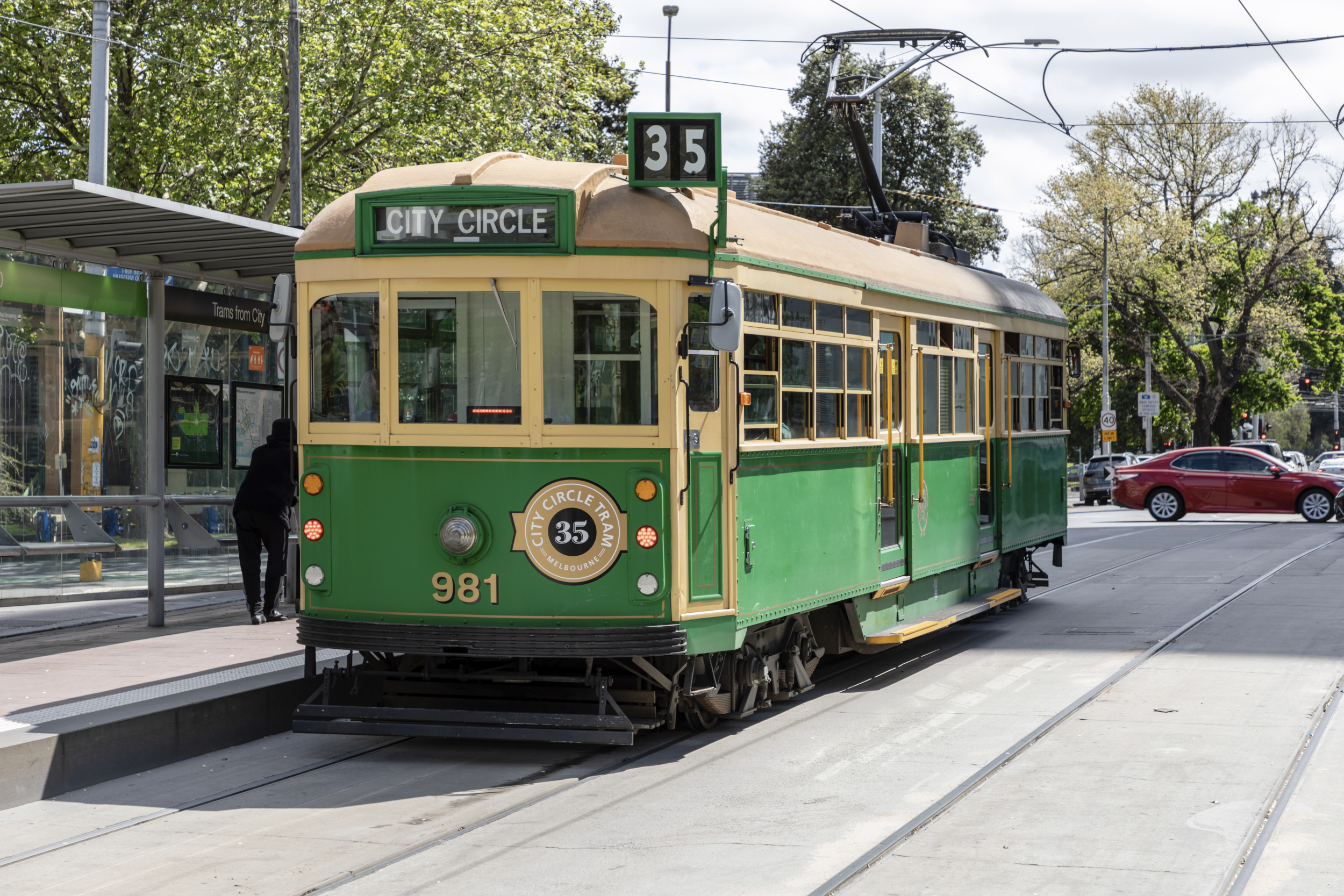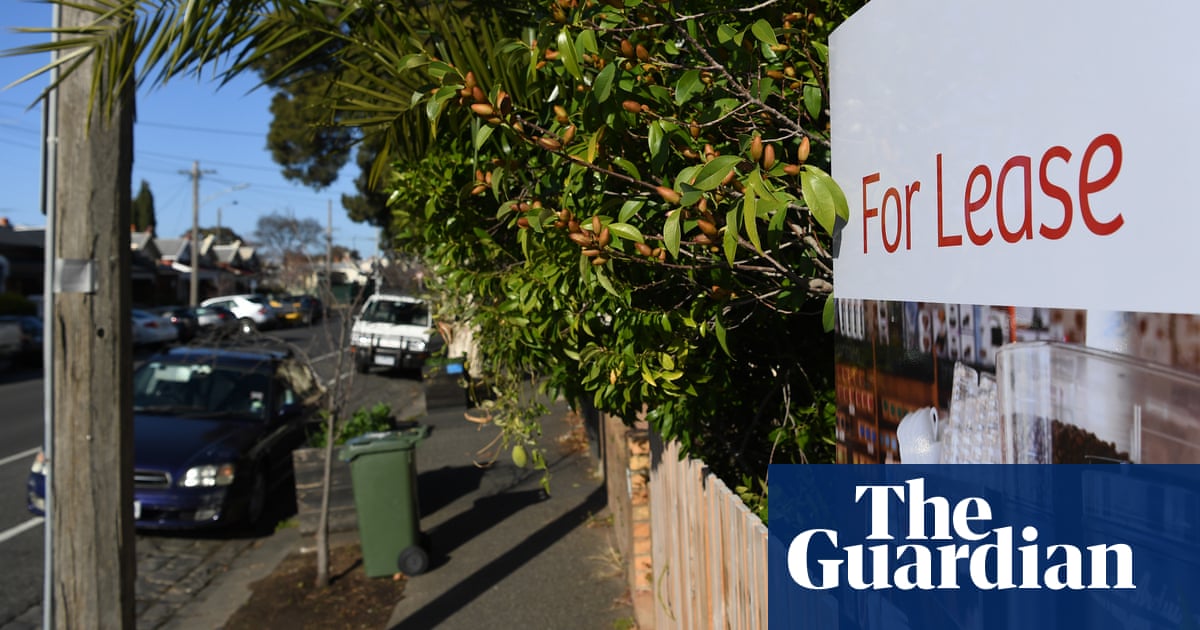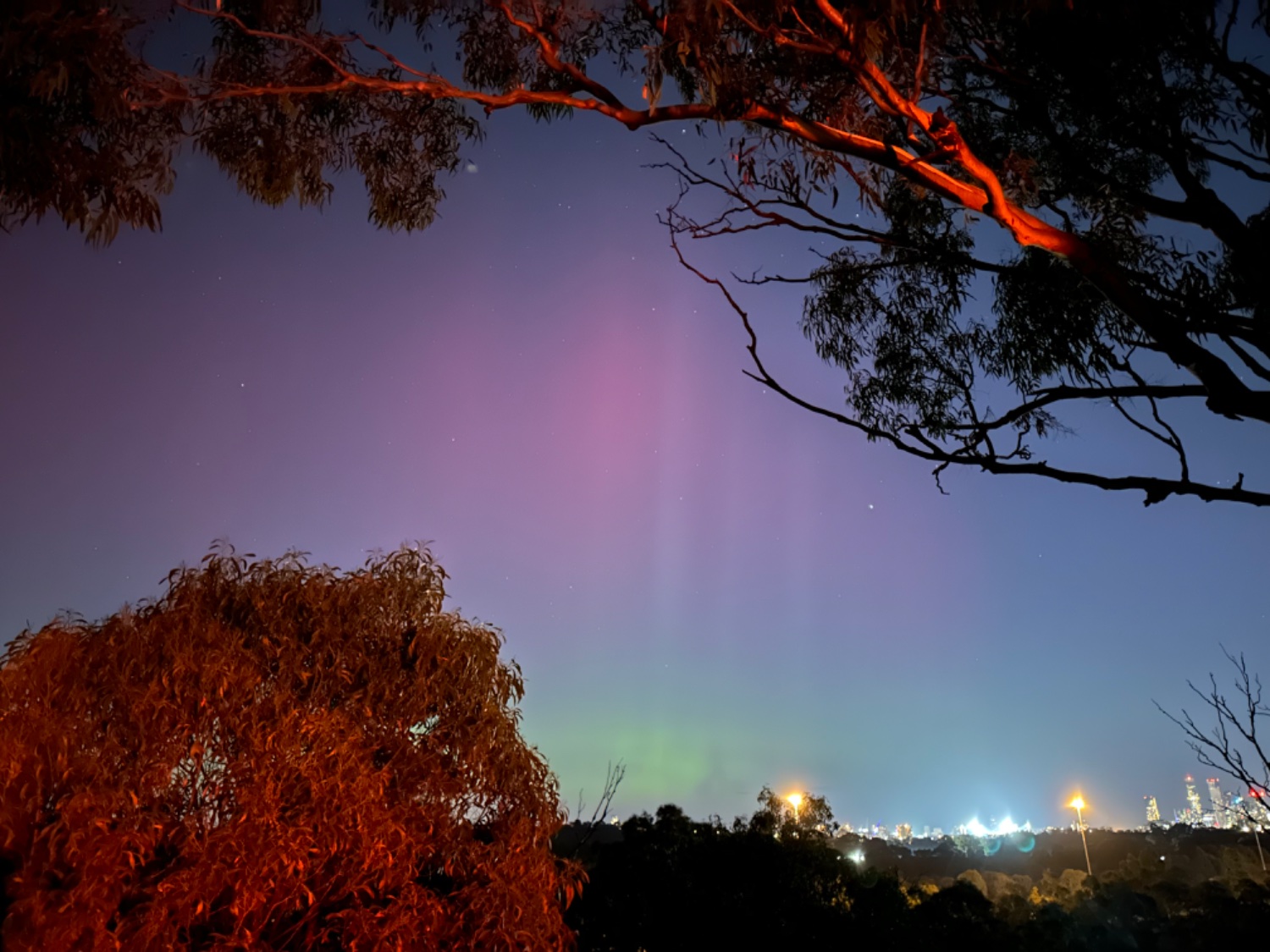It says in the article that this is likely an exaggeration.
- 6 Posts
- 29 Comments

 251·3 months ago
251·3 months agoAmerican exceptionalism at its finest.

 246·3 months ago
246·3 months agoIt’s such a dumb metric for batteries. I wish people would stop using it.
Thanks for the heads up!

 6·5 months ago
6·5 months agoThis is explicitly addressed in AEMO’s Integrated System Plan but the tl;dr is that in a national grid with geographically diverse renewable generation and a little more transmission, the chances of there being a weather-related shortfall are exceedingly rare.
For these cases we have pumped hydro being built, and we can still fall back to gas peaking plants for whatever unmet demand is left.
Yes, gas is not carbon free, and it will be expensive to run in these cases, but it won’t run often, it is already built and will allow us to operate at well above 80% renewables until we can built enough long term storage to make it redundant. This meets our international abatement obligations, and more importantly reduces the area under the emissions curve, which is all that really matters tbh.

 3·5 months ago
3·5 months agoWelcome news after a depressing week of toxic energy debate here in Aus.

 3·5 months ago
3·5 months agoNuclear: to maintain baseline power (as opposed to peak power) for emergency scenarios.
That’s an incredibly expensive emergency power supply. If you can’t operate a nuclear plant 24/7 it’s going to take a veeeeerry long time to pay off the massive capital investment.
And that’s the crux of the issue. These plants won’t be supplying baseload. By the time they get built we will have twice as much rooftop solar, and lots more utility wind and solar. There will be very little room for them to operate at a spot price that earns them money.

 71·5 months ago
71·5 months agoUnfortunately it doesn’t work like that. Energy is bid into the market at the spot price. Because the marginal cost of producing energy from renewables is so cheap, this will displace energy from all other sources when the sun is shining or the wind is blowing. This is what’s already happening with the coal generators today.
By the time any nuclear gets built, there will be so much solar in the system that nuclear will have to be forcibly shut off at least 40% of the time or operate at a loss. This capacity factor is then on par with wind, so you may as well just build more of that - it’s way cheaper.
The concept of baseload power is dead and has been dead for a while. What we need is more dispatch-able generation and storage.

 4·5 months ago
4·5 months agoNo Home app support? Oof.

 10·5 months ago
10·5 months agoWell he used to work as a tobacco lobbyist, and he was happy to get Channel Seven to buy him drugs, sex and a fancy apartment. The overall picture has telltale signs of an entitled, narcissistic, selfish creep But hey, maybe I only see him like this because Lisa Wilkinson told me to.

 5·6 months ago
5·6 months agoDoes this apply on the dark side of Earth? I.e. during night time?

 24·6 months ago
24·6 months agoThe policy will be backdated to June 1 2023
Excellent!

 19·8 months ago
19·8 months agoFirst Tesla and now Polestar have quit membership of the FCAI due to the automotive peak body’s misrepresentation of, and lobbying against, the government’s proposed fuel efficiency standards: https://www.abc.net.au/news/2024-03-07/tesla-quits-fcai-over-carbon-emissions-scheme/103558374

 311·8 months ago
311·8 months agoI applaud them for calling out the BS publicly. I hope others brands follow, and I hope this story increases scrutiny on the misinformation being pushed. Unfortunately, this leaves the FCAI free to adopt an even more conservative position in its advocacy without dissenting member voices.

 6·10 months ago
6·10 months agoYeah. As much as I love every little bit of information we can get from inside SpaceX, it kinda feels weird coming from Elon now. Like can we even trust what he’s saying anymore? I mean I hope it’s just a trivial purging of LOX that was at fault, and that’s an easy fix, but is that the whole story? What about the booster?

 301·10 months ago
301·10 months agoThis is exactly how Trumpism gets seeded into mainstream Australia. Dutton can fuck right off with his racist dogwhistling, and find something better to complain about.

 111·11 months ago
111·11 months agoYep. The latest CSIRO/AEMO report published this week addresses exactly this, with various levels of renewables penetration modelled, including associated firming costs (additional transmission & storage) Here’s an overview (spoiler: renewables are still cheaper by far.) https://www.abc.net.au/news/2023-12-21/nuclear-energy-most-expensive-csiro-gencost-report-draft/103253678?utm_source=abc_news_app&utm_medium=content_shared&utm_campaign=abc_news_app&utm_content=link










I’m really hoping this is a temporary problem.
There are a lot of very large batteries in the process of being built that will start to meaningfully address this issue in the next couple of years.